The People’s Bank of China (PBoC) will initially issue its digital currency to seven institutions in the forthcoming months, sources familiar with the matter told Forbes.
Several reports in the past couple of weeks have suggested that the central bank was inching closer to launching its digital currency.
Sources familiar with the ongoing developments have now revealed the first tier of recipients of the government-backed cryptocurrency, dubbed DC/EP (Digital Currency/Electronic Payments).
Paul Schulte, an independent researcher, told Forbes that the China Construction Bank, the Industrial and Commercial Bank of China, the Bank of China, the Agricultural Bank of China, Alibaba, Tencent, and Union Pay, will receive the cryptocurrency. Schulte served as global head of financial strategy for China Construction Bank until 2012.
This first tier of institutions was confirmed by another anonymous source, who also hinted on the possibility of adding one more institution to the cohort. The source, who previously worked for the Chinese government, said that the underlying technology has been ready since 2018, adding that the digital currency could be launched as soon as November 11.
The initial set of recipient institutions will have the responsibility to take the cryptocurrency to the masses – 1.3 billion Chinese citizens as well as those who are carrying out their business in renmibi. The source went on to say that the PBoC expects to make the cryptocurrency available in the United States and other countries, facilitated via relationships with correspondent banks.
“That’s the plan, but that won’t happen right away,” the source added.
The tiered structured has reportedly been confirmed by Mu Changchun, deputy director of the Paying Division of the PBoC and the new head of China’s cryptocurrency research lab. He recently described a “two-tiered” system, in which a small group of trusted commercial businesses would “pay the central bank 100% in full” to be allowed to disperse it to the masses.
Mu also revealed that the DC/EP was capable of handling 300,000 transactions per second. In contrast, Facebook’s Libra can reportedly handle 1,000 transactions per second.
He explained that the DC/EP can achieve this kind of volume as it has a centrally managed architecture and not a “pure blockchain architecture,” which requires waiting for transaction confirmations in a block.
Just recently, Venezuela launched its crypto remittance platform, dubbed “Patria Remesas.” The platform will allow citizens working abroad to send money to Venezuela.





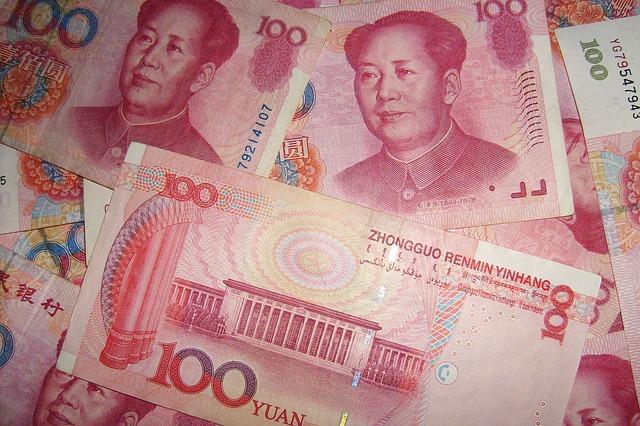

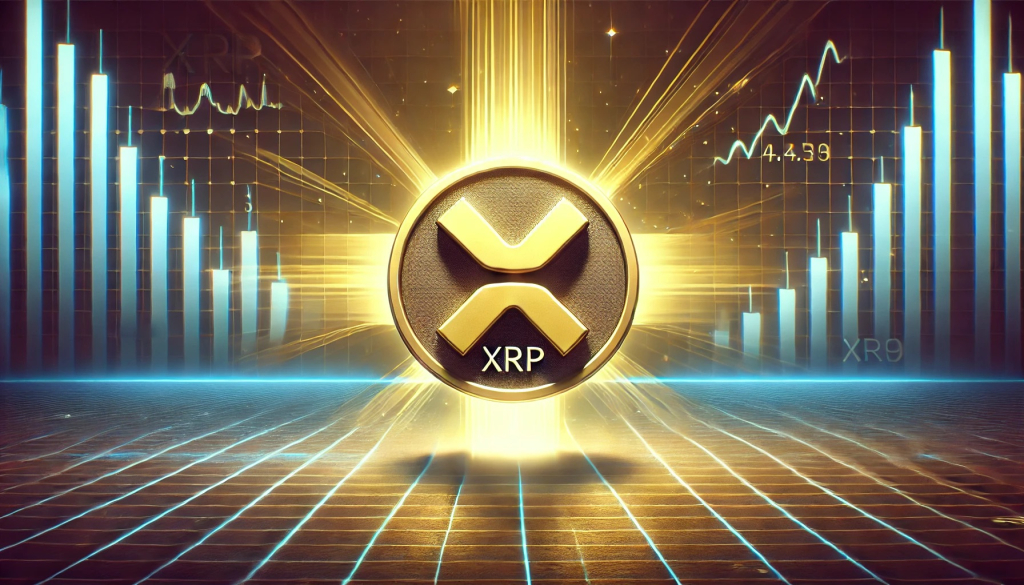






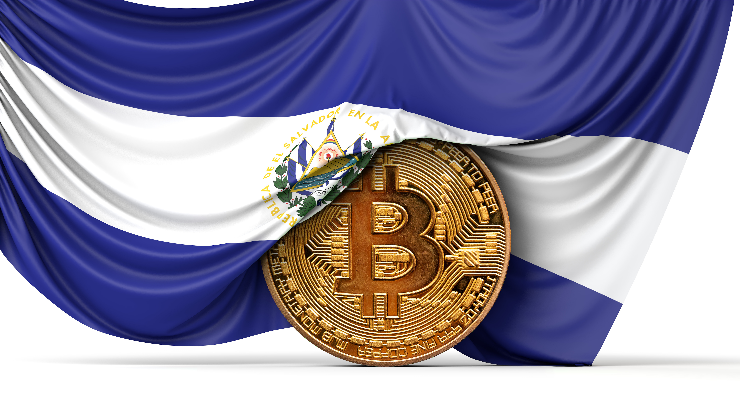



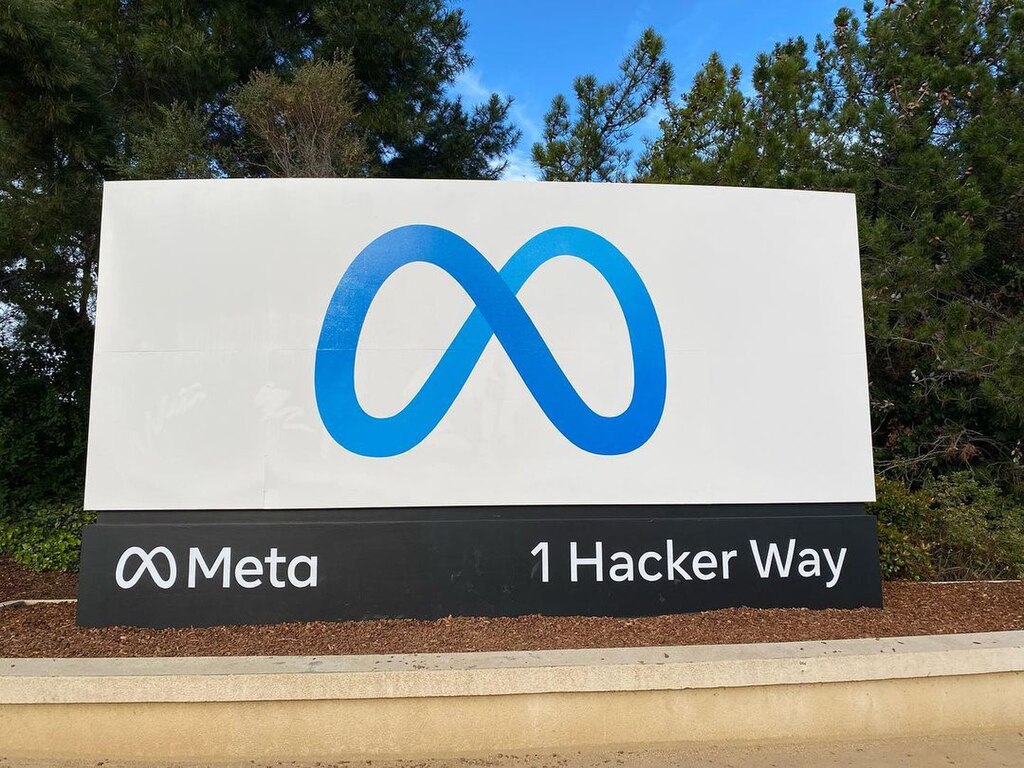





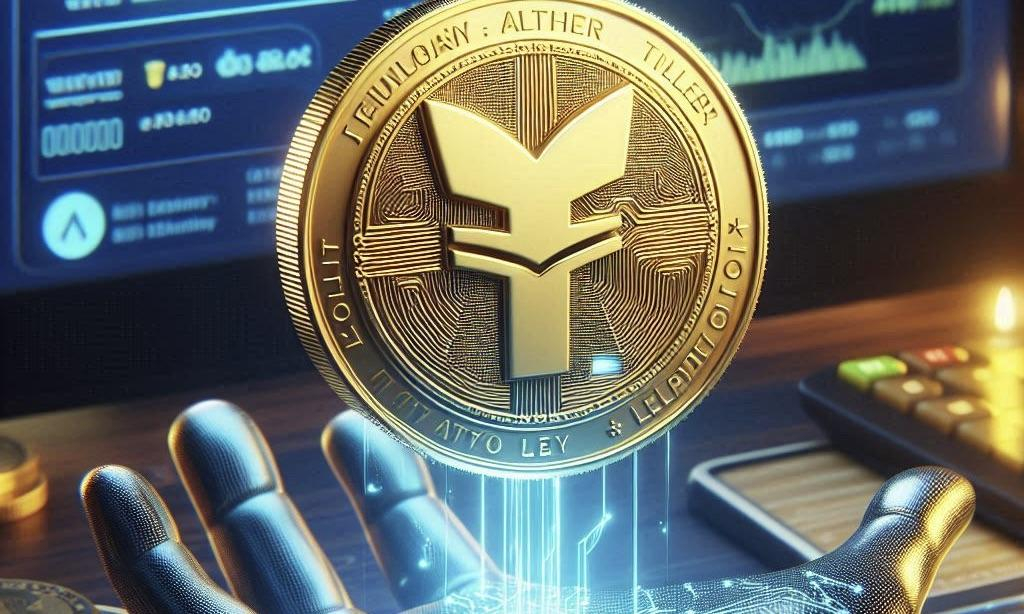


Comment 0